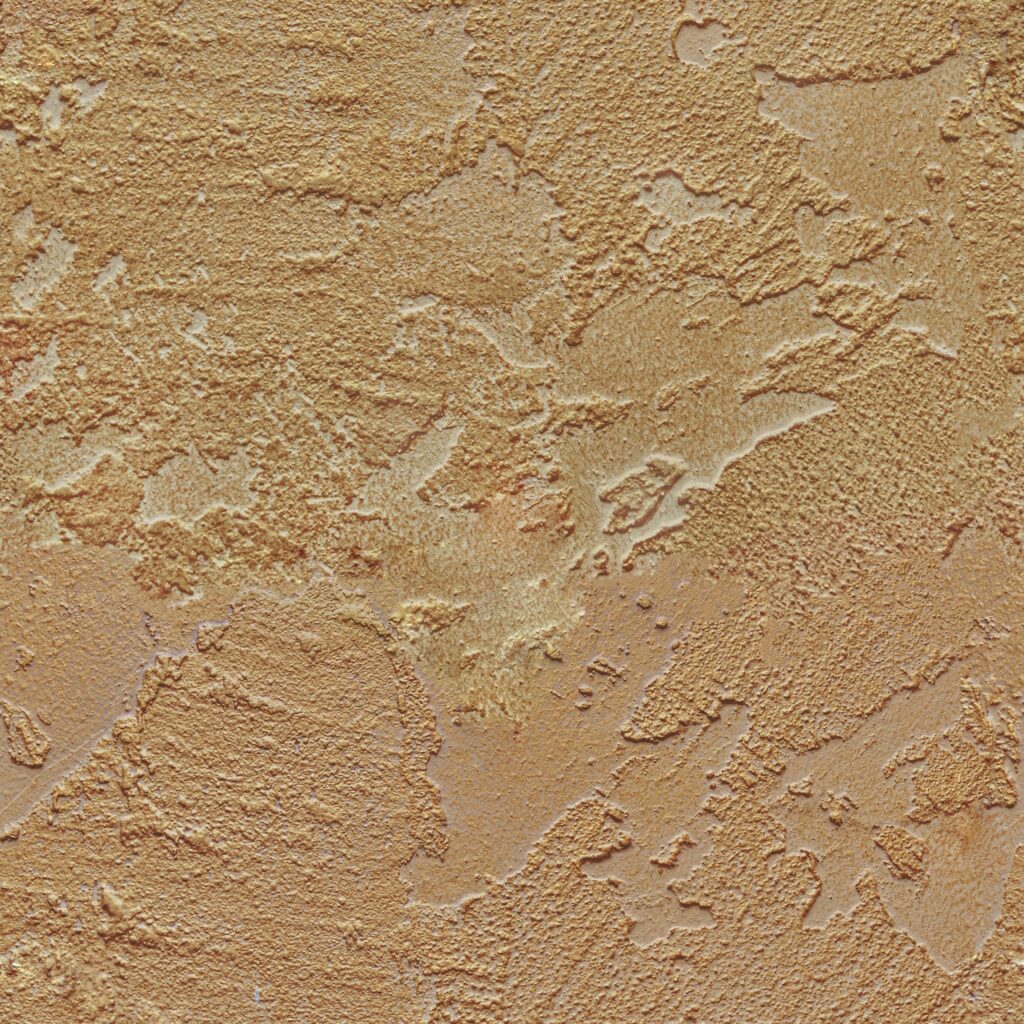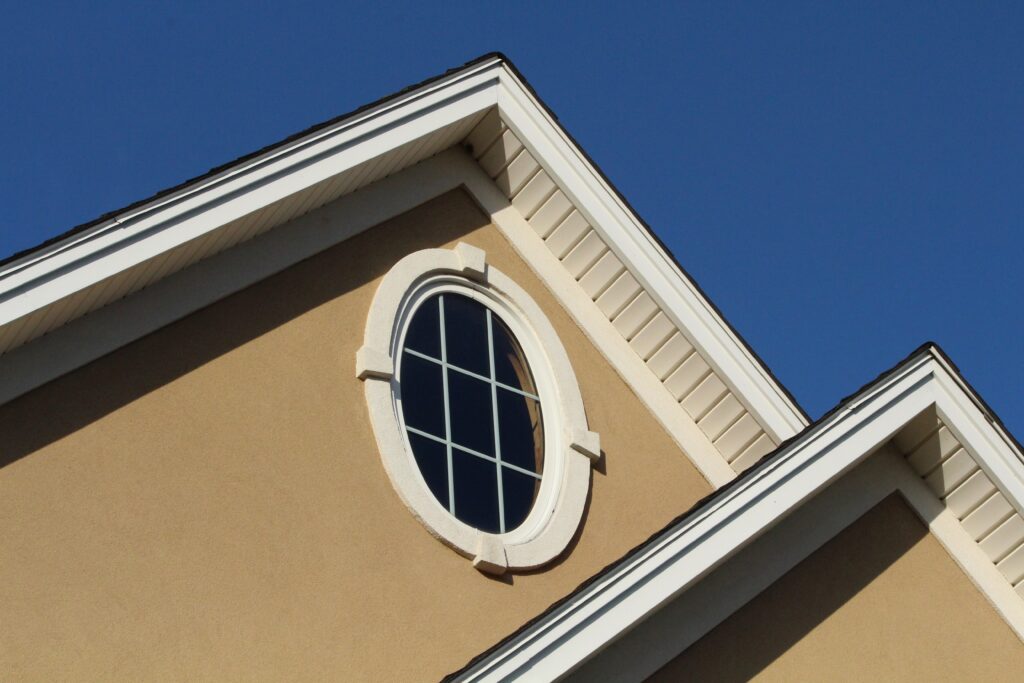Imagine you have just moved into your dream home, only to discover that your beautiful stucco exterior is beginning to show signs of distress. Cracks are forming, and the once smooth surface is now crumbling before your eyes. In this article, we will explore the common causes of stucco failure, the potential consequences it can have for your home, and the steps you can take to prevent it from happening. So if you want to ensure that your stucco stays strong, grab a cup of coffee and keep reading!

Causes of Stucco Failure
Stucco, a popular exterior finish for buildings, can unfortunately experience failure due to various factors. Understanding the causes of stucco failure is crucial in maintaining the integrity of your structure. Here are some common causes:
Moisture Intrusion
Moisture intrusion is perhaps the primary cause of stucco failure. When water seeps into the stucco system, it can cause significant damage over time. This can occur through rainwater penetration, condensation, groundwater, or plumbing leaks. Moisture intrusion weakens the stucco’s bond to the substrate and leads to delamination and other issues.
Incorrect Application
Improper application techniques can also result in stucco failure. If the stucco is not mixed adequately or the base surface is poorly prepared, the adhesion of the stucco to the substrate might be compromised. Inappropriate cure time or improper layer thickness can also contribute to stucco failure.
Structural Movement
Structural movement can place stress on the stucco system, causing it to crack or fail. Settlement of the foundation, thermal expansion/contraction, vibrations, and even earthquakes can all lead to stucco failure. The continuous movement can weaken the stucco’s bond with the substrate and eventually lead to cracks and other issues.
Improper Maintenance
Failure to properly maintain the stucco system can accelerate its deterioration. Regular inspections are necessary to identify and address potential problems promptly. Insufficient cleaning and lack of repairs or upkeep can also contribute to stucco failure. Neglecting maintenance can lead to more significant issues over time.
Symptoms of Stucco Failure
Recognizing the symptoms of stucco failure is essential for early detection and timely intervention. Here are some common signs to look out for:
Cracking
Cracking is perhaps the most visible indicator of stucco failure. Hairline cracks, wide cracks, horizontal cracks, vertical cracks, and map or spiderweb cracks can all occur. Cracks allow moisture intrusion and can compromise the stucco’s ability to provide a protective barrier.
Bulging
Bulging refers to areas of the stucco system that appear swollen or warped. This symptom often indicates that moisture has accumulated behind the stucco, leading to expansion. Improper anchoring, excessive moisture retention, or insufficient expansion joints can contribute to bulging.
Efflorescence
Efflorescence refers to the white, powdery substance that appears on the surface of stucco. It is caused by the migration of soluble salts to the surface as water evaporates. While efflorescence itself may not cause immediate damage, it can be an indication of moisture-related issues that can lead to stucco failure if left unaddressed.
Fading or Discoloration
Fading or discoloration of the stucco can occur due to exposure to harsh weather conditions, UV radiation, or inadequate protection from moisture. Fading and discoloration can diminish the aesthetic appeal of the structure and may indicate underlying issues with the stucco system.
Peeling or Blistering
Peeling or blistering of the stucco generally indicate moisture intrusion and poor adhesion. The stucco may start to detach from the substrate, leading to delamination. Peeling or blistering areas should be addressed promptly to prevent further damage.
Mold or Mildew Growth
Excessive moisture buildup within the stucco system can create a favorable environment for mold or mildew growth. Mold or mildew can not only damage the stucco but also pose health risks to occupants. High humidity, lack of ventilation, and insufficient drainage can contribute to mold or mildew growth as a symptom of stucco failure.
Effects of Stucco Failure
Stucco failure can have several detrimental effects on both the structure and its occupants. It is important to be aware of these potential consequences in order to take appropriate action:
Decreased Energy Efficiency
Stucco failure compromises the thermal insulation properties of the building envelope. Cracks, gaps, and delamination allow for air leakage and heat transfer, resulting in decreased energy efficiency. This can lead to higher heating and cooling costs and reduced comfort for occupants.
Structural Damage
Stucco failure can also cause structural damage to the building. Moisture intrusion and deterioration of the stucco system can lead to rotting of the underlying wood framing. In severe cases, structural movement or settlement due to stucco failure may compromise the stability of the entire structure.
Reduced Aesthetic Appeal
One of the primary functions of stucco is to enhance the appearance of a building. Stucco failure, with symptoms such as cracking, bulging, peeling, or discoloration, significantly diminishes the aesthetic appeal of the structure. This can negatively impact the curb appeal and value of the property.
Health Risks
Stucco failure can pose health risks to the occupants of a building. Excessive moisture and mold or mildew growth can lead to respiratory issues, allergies, and other health problems. It is essential to address stucco failure promptly to maintain a healthy living or working environment.
Moisture Intrusion as a Cause of Stucco Failure
Moisture intrusion is a leading cause of stucco failure, with various sources contributing to the problem. Understanding how moisture infiltrates the stucco system is essential for effective prevention and mitigation:
Rainwater Penetration
Rainwater can infiltrate the stucco system through cracks, gaps, or other openings. Improperly sealed windows, doors, or joints can also allow rainwater to enter. Once inside, the water can degrade the stucco’s integrity, leading to cracks, efflorescence, or other signs of deterioration.
Condensation
Condensation occurs when warm, moist air comes into contact with a cooler surface. Inadequate ventilation, particularly in areas with high humidity, can lead to condensation within the stucco system. Over time, the moisture buildup can cause the stucco to deteriorate and contribute to stucco failure.
Groundwater
Groundwater can pose a significant threat to the stucco system if the building’s drainage system is inadequate. If the ground is not properly sloped away from the structure or if the foundation lacks proper waterproofing measures, groundwater can accumulate around the base of the building and infiltrate the stucco. This continuous exposure to moisture weakens the stucco’s bond and can lead to failure.
Plumbing Leaks
Plumbing leaks within the walls or behind the stucco can cause severe moisture intrusion. Even a small leak can result in the gradual degradation of the stucco, leading to peeling, bulging, or mold growth. Regular plumbing inspections and timely repairs are crucial in preventing this type of moisture-related stucco failure.

Incorrect Application as a Cause of Stucco Failure
Stucco failure can also occur due to errors made during the application process. It is vital to follow proper techniques and guidelines to avoid potential issues:
Inadequate Mixing
Improper mixing of the stucco materials can lead to an inconsistent and weak mixture. Insufficient mixing time or incorrect proportions of cement, sand, and water can compromise the stucco’s structural integrity. This can result in poor adhesion and increased susceptibility to cracking, peeling, or other signs of failure.
Poor Base Surface Preparation
The surface to which the stucco is applied must be properly prepared to ensure a strong bond. Failing to clean, repair, or adequately prime the substrate can impede the adhesion of the stucco. The lack of a solid base can lead to cracks, detachment, or other application-related failures.
Inappropriate Cure Time
The stucco needs sufficient time to cure and harden before it can withstand environmental stresses. Rushing the curing process by exposing the stucco to extreme temperatures or moisture can weaken its bond with the substrate. It is crucial to follow the recommended cure time to avoid premature failure.
Improper Layer Thickness
Applying stucco layers with improper thickness can result in uneven drying, cracking, or other defects. The stucco layers must be applied evenly and at the appropriate thickness for optimal performance. Deviating from the recommended application techniques can compromise the stucco’s ability to withstand external forces, leading to failure over time.
Structural Movement as a Cause of Stucco Failure
Structural movement is a common cause of stucco failure, particularly in areas prone to such occurrences. It is important to consider potential sources of movement and take necessary precautions during construction or renovation:
Settlement of Foundation
The natural settling of a building’s foundation can gradually cause shifts and movement throughout the structure. As the foundation settles, stress is exerted on the stucco system, potentially leading to cracks, bulging, or other signs of failure. Proper foundation design and construction techniques can help minimize the effects of settlement on the stucco.
Thermal Expansion/Contraction
Extreme temperature fluctuations can cause materials to expand and contract. The repeated cycle of expansion and contraction, known as thermal cycling, can place significant stress on the stucco system. If the stucco is not designed and applied to accommodate these movements, it can crack or fail over time.
Vibrations
Vibrations from nearby construction, heavy machinery, or even traffic can affect the stucco system. Continuous vibrations can compromise the stucco’s bond with the substrate and lead to cracks or other signs of failure. Taking steps to minimize vibrations during construction or ensuring proper anchoring of the stucco can help prevent this type of failure.
Earthquakes
In regions prone to seismic activity, earthquakes can have devastating effects on stucco systems. The intense shaking can cause extensive cracking, detachment, or complete failure of the stucco. Implementing earthquake-resistant design practices, such as flexible reinforcing mesh or expansion joints, can help mitigate the risks associated with earthquakes.

Improper Maintenance as a Cause of Stucco Failure
Proper maintenance plays a crucial role in preventing stucco failure and maintaining the longevity of the system. Neglecting regular inspections, timely repairs, and essential upkeep can contribute to deterioration and eventual failure:
Lack of Regular Inspections
Regular inspections allow for the early detection of any potential issues with the stucco system. By identifying and addressing problems early on, you can prevent small defects from escalating into more significant failures. Inspections should be conducted at least annually or following any significant weather events.
Failure to Address Problems in a Timely Manner
Identifying issues during inspections is only effective if they are addressed promptly. Failing to address problems in a timely manner can lead to further deterioration and costly repairs. It is essential to promptly repair any cracks, peeling, bulging, or other signs of stucco failure to prevent the condition from worsening.
Insufficient Cleaning
Regular cleaning of the stucco is necessary to remove dirt, debris, mold, or mildew. Neglecting cleaning can allow contaminants to accumulate, potentially leading to moisture retention and other issues. Gentle cleaning methods, such as low-pressure washing, should be employed to avoid damaging the stucco surface.
Lack of Repairs or Upkeep
Stucco requires periodic repairs and general upkeep to maintain its functionality and appearance. Failing to address minor cracks, peeling, or other signs of deterioration can result in more extensive damage over time. Regular maintenance, including minor repairs and repainting, should be performed to extend the lifespan of the stucco system.
By understanding the causes, symptoms, and effects of stucco failure, you can take proactive steps to prevent or address potential issues. Regular maintenance, proper application techniques, and attention to potential sources of moisture intrusion and structural movement are key in ensuring the longevity and performance of your stucco system. By maintaining a healthy and well-maintained stucco exterior, you can protect the integrity, energy efficiency, and aesthetic appeal of your building.

